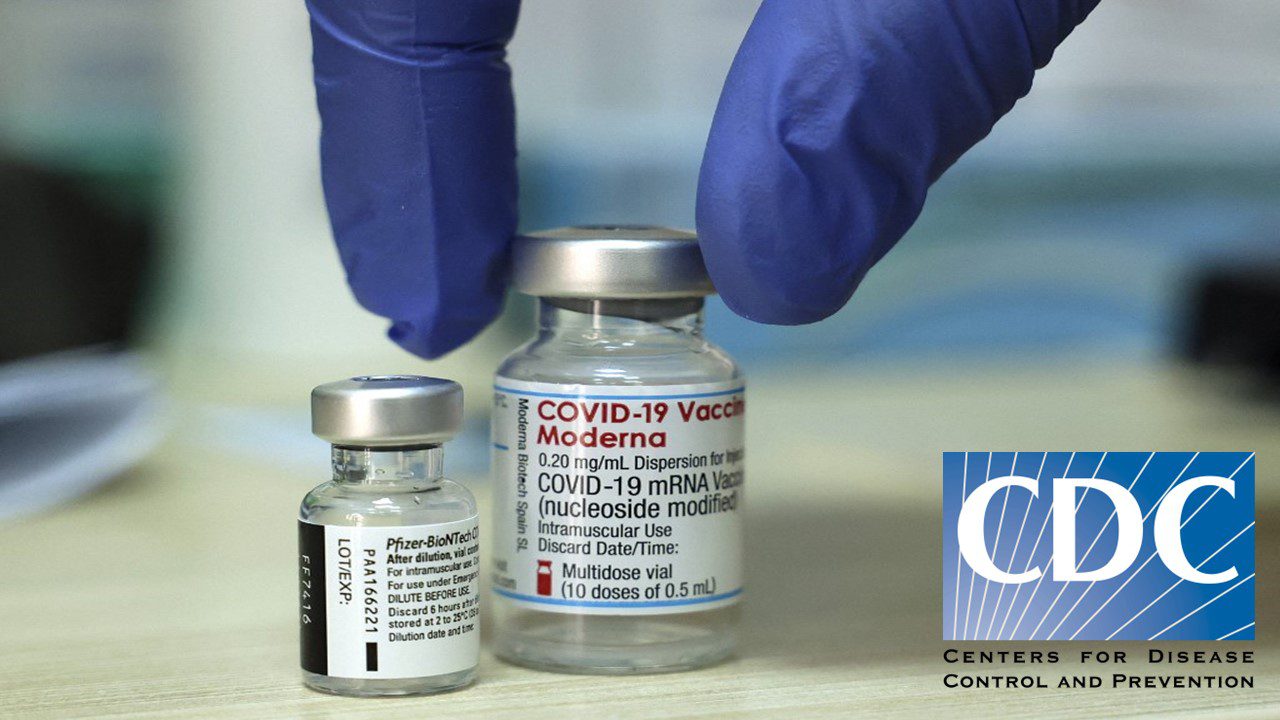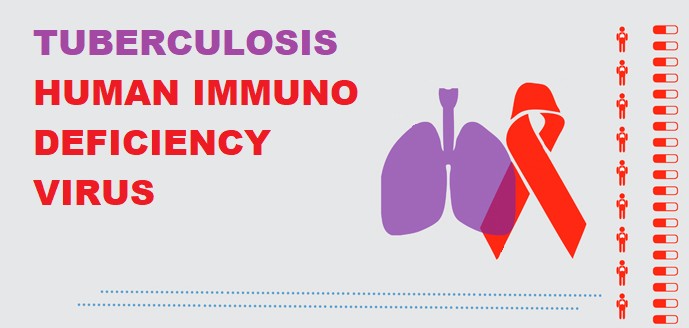To say that the SARS-CoV-2 pandemic has had an effect on clinical trials and their practice would be an understatement. Immediately after the enforcement of new non-pharmaceutical interventions to contain the virus, the disruption to clinical operations that was to come was made abundantly clear. However, the frenzied interest that ensued in the quest to find new vaccines and treatments to fight the disease had other impacts. These included a drastic increase in the health literacy of the public as they tried to find their own answers to the pandemic, but also a sharp growth in engagement with clinical trials – both against the virus and in general. It is hoped that this effect can be sustained – and may even have the potential to increase diversity in clinical studies, a long-standing deficiency in the industry.
The Initial Blows
At the start of the pandemic – particularly in the spring of 2020, many on-going investigations faced unprecedented challenges. As the pressure from increasing infections grew, a wide variety of trials faced non-viability; for example, transplant studies that required severe immunosuppression could not justify continuation in the context of COVID-19. At the most general level, trials that required frequent in-person visits and consultations faced plummeting enrolment and retention rates as people started isolating and limiting their contacts. Even trials for life-saving treatments – such as those in oncology – saw steep decreases: trials run by the SWOG Cancer Research Network recorded a halving of enrolment rates for the spring of 2020.
It immediately became clear that this situation was unsustainable; while the triaging of research and medical resources heavily favored COVID-19 investigations, there were still social distancing measures to be adhered to. The industry had to come to terms with the fact that it needed to rethink its most basal modus operandi: how trials are designed and run at their most fundamental level. This invariably resulted in increased flexibility for studies – both in the form of increasing the adoption of digital technologies, as well as increasing patient centricity.
Effects on Diversity
The same concerns that made patient engagement difficult, if not impossible, during the pandemic, mirror the issues that often act as barriers to increasing diversity in clinical trials. We explored these in a different article – but the majority of factors are cost-related: travel expenses, the need to take time off from work or childcare, the entrenchment of clinical studies within major urban centers and a select few care facilities. As the industry has had to accommodate less travel and increase patient outreach using digital communications, it is hoped that the question of diversity can also be addressed.
A review of the diversity in vaccine trials for the last decade identified how over 78% of vaccine investigation participants were white, while only 12% of patients were aged 65 or older. These highlight shortages in targeting therapies at the right demographics. It is not enough for a study population to simply reflect the population of the country it is conducted in, although even that is difficult to achieve. What is truly important is to investigate products in demographics that are unduly burdened by them – for example, we know that ethnic minorities and older individuals suffer from significantly higher death rates from SARS-CoV-2 infection. Some SARS-CoV-2 vaccine trials showed significant improvements in diversity; Moderna recruited from the USA, Brazil and Argentina, with over 36.5% participants belonging to ethnic minority backgrounds. This also resulted in important findings – with the vaccine showing 100% efficacy in African-American and Hispanic or Latino populations, but only 93.8% in white participants, highlighting the importance of studying different demographics. The investigations for the BioNTech vaccine showed similar results – and also included 41% minority participants.
Regulatory and Technological Approaches
Though no comprehensive studies yet exist to document the direct effect of the pandemic on trial diversity, it is reasonable to assume that the trend of increased flexibility and remote trials will continue after the pandemic – and with it, the increase in diversity. In 2021, the FDA published further oncology trial guidance to encourage the use of Decentralized Clinical Trial (DCT) technologies and practices. Oncology remains one of the therapeutic areas where DCTs have made fewer inroads than average, and steps by regulators to increase DCT adoption in the field show that the practice is here to stay.
This embrace of DCTs results in the removal of key barriers for patient accessibility. As we move towards novel technologies, we see the opportunity to create “sites” in communities that were previously unreachable, or even in patient homes. This makes communities that were very hard to penetrate much more reachable. This includes the geographically isolated, the less mobile and those less connected to health infrastructures that until very recently maintained a very privileged access to clinical treatment. The advent of DCTs has also brought with it a concomitant rise in the use of real world data and evidence, which can help us better understand the needs and concerns of underserved populations.
Future Developments
Although the rethink of traditional trial organization brought about by the pandemic is likely to bring about a revisiting of our inclusivity in clinical operations, there are other effects that need to be addressed. For example, we have evidence that the pandemic has lowered willingness to participate in trials among cancer patients. This trend is likely to be true among other patient populations that suffer from well-characterized comorbidities for COVID-19. Action must be taken to reassure these groups, and ensure their safety in clinical endeavors if the industry is to move forward. Decentralization is expected to play a key role in this.
As we seek to exit the acute phase of the pandemic and move towards a stage where we are living with COVID-19, it is important to remember the lessons we have been forced to learn during the last two years. With the coronavirus providing a catalyst for the adoption of novel methods, we must make every effort to ensure the trends of increasing patient centricity and inclusivity continue. Too often have we missed important insights because the study patient populations were not reflective of the market and of the demographics most affected by the disease being investigated. The pandemic has provided a catalyst to change this, and the technologies to support this change. It is up to us to realize the transformation.
Join Proventa International’s Clinical Operations Strategy Meeting in San Francisco to participate in closed door roundtable discussions on the latest trends in patient diversity, Decentralized Clinical Trials and other topics at the bleeding edge of the field. Seize the opportunity to network with peers and key stakeholders from throughout the field, and exchange insights and ideas.

Subscribe
to get our
LATEST NEWS
Related Posts

Infectious Diseases & Vaccinology
Rezzayo™’s Latest EU Approval for Invasive Candidiasis Breaks Ground in Antifungal Therapy
Rezafungin marks the initial addition to the treatment arsenal for patients grappling with invasive candidiasis in more than 15 years.

Infectious Diseases & Vaccinology
Unmasking the Shadow: CDC Battles the Latest Fungal Meningitis Outbreak in Matamoros, Mexico
CDC tackles fatal fungal meningitis outbreak linked to surgeries in Matamoros, Mexico.











